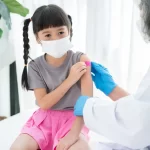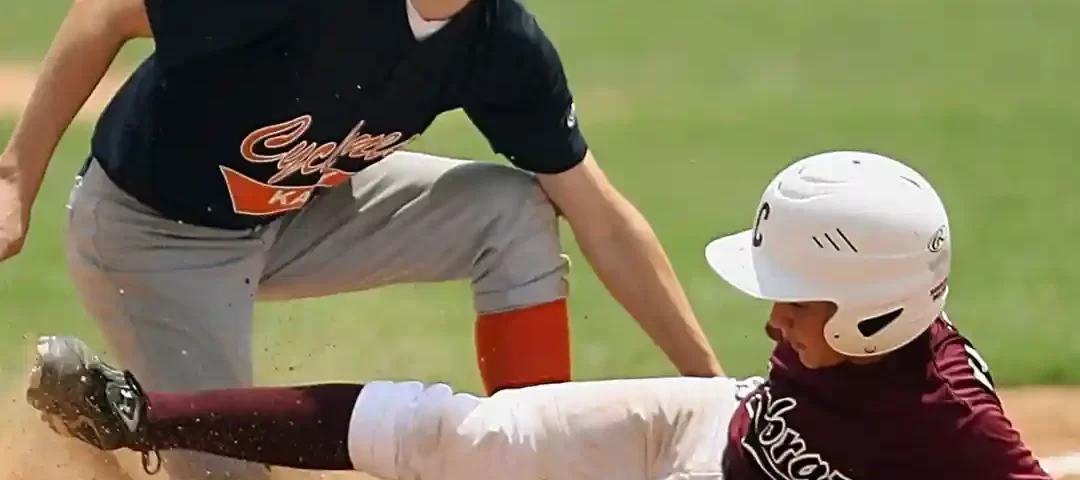
Back to School Eye Health Tips
August 3, 2022
Flu Season is Here – Keep your Little One’s Flu Free
October 7, 2022With Fall sports in full swing, parents need to be aware of sports injuries for their children. Did you know? One in three childhood injuries occurs while playing sports. Roughly three million children receive treatment in hospital emergency rooms for sports-related injuries a year, while their primary care physician sees nearly five million. With such astonishing numbers, it is no surprise that sports injuries are the second leading cause of emergency room visits for children. Our goal is to assist parents in recognizing the ins and outs of childhood sports injuries, so understanding the signs and being proactive is a top priority.
What are the most common types of childhood sports injuries?
Although staying active should be an integral part of a child’s life and is necessary for development, intense, repetitive activities that strain their body can result in overuse injuries. Overuse injuries include tendonitis, bursitis, stress fractures, and apophysitis. When seen in children, these injuries can predispose them to face childhood sports injuries that are commonly seen, such as:
- ACL tears
- Shin splints
- Ankle sprains
- Rotor cuff tendonitis
- Little league shoulder
- Little league elbow
- Spondylolysis
- And more!
The R.I.C.E. Method
Early intervention is necessary for childhood sports injuries and plays a critical role in allowing young athletes to return to their sport as quickly as possible. Serious injuries should be treated immediately in a hospital; however, serious injuries do not always occur, which leaves parents wondering what to do. If your child is experiencing severe swelling or difficulty functioning their joints, muscles, bones, etc. Don’t hesitate to get in touch with their primary care physician immediately. Injuries mustn’t go untreated, even if they do not seem severe. Untreated injuries can result in chronic problems that lead to further chronic health issues. If your child gets injured while playing a sport and is awaiting a visit to the doctor, you can use the R.I.C.E. method. This method goes as follows:
- Rest: Allow your child to rest the injured area until they can see their doctor for further evaluation and clearance. If your child has a limp or difficulty walking, have them use crutches, so they do not put pressure on their foot or leg.
- Ice: Ice can help with swelling and decrease pain in an injured area. Place crushed ice or frozen peas every 15-20 minutes at a time for the first 48-72 hours from the time of the injury. Avoid applying chemical cold packs to your child’s skin, as they can cause irritation or become too harsh on the skin.
- Compression: Compression is another method to help with reducing swelling. Compression socks or elastic wrap can be applied below the injured area and wrapped upward. Always leave fingers and toes exposed and watch for numbness, discoloration, or temperature changes. If you have to loosen the wrap, please do so. Never allow your child to sleep with a wrap on.
- Elevation: Using gravity to help with swelling can also be beneficial. Putting the injured area in a position higher than the heart can reduce swelling.
Now that you understand the importance of being proactive regarding childhood sports injuries, we hope you feel a bit more prepared as a parent or guardian to be proactive if your child becomes injured while playing a sport. At SuraMed Health Center, we want to see all children and young athletes strive in the sports they love. If you have questions or concerns regarding your child’s health or if they have been injured while playing a sport, please get in touch with one of our offices. We have several offices throughout Palm Beach County prepared to assist your child as needed. Visit our website to see all of our locations.





